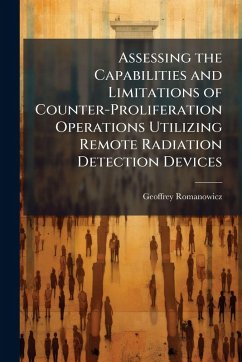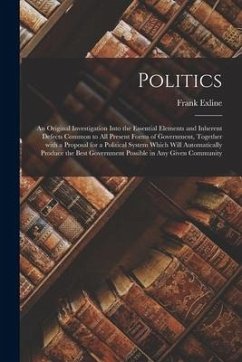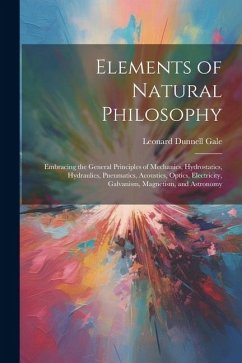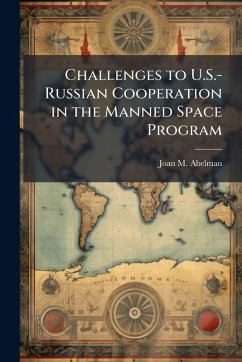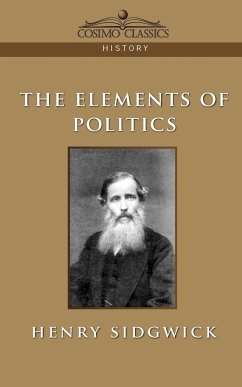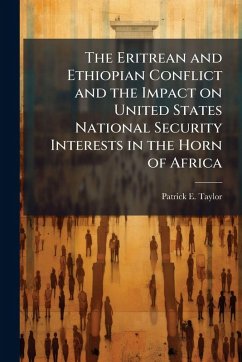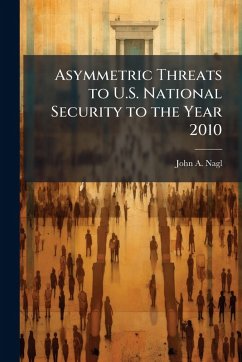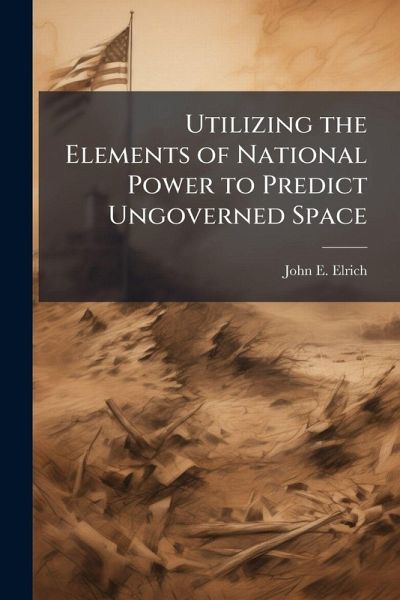
Utilizing the Elements of National Power to Predict Ungoverned Space
Versandkostenfrei!
Versandfertig in über 4 Wochen
17,99 €
inkl. MwSt.
Weitere Ausgaben:

PAYBACK Punkte
9 °P sammeln!
The greatest threat to stability in Africa is the increase in transnational terrorist groups and criminals that occupy the ungoverned spaces. African nations suffer from the inability of the African governments to secure their borders and protect their citizens. The situation creates problems not only for Africa but also for the remainder of the world. The way to mitigate the risk of transnational terrorists and other violent non-state actors is to take away the conditions that lead to ungoverned space. The United States must identify the African nations with the greatest potential for change....
The greatest threat to stability in Africa is the increase in transnational terrorist groups and criminals that occupy the ungoverned spaces. African nations suffer from the inability of the African governments to secure their borders and protect their citizens. The situation creates problems not only for Africa but also for the remainder of the world. The way to mitigate the risk of transnational terrorists and other violent non-state actors is to take away the conditions that lead to ungoverned space. The United States must identify the African nations with the greatest potential for change. The way to identify these nations is by accessing the strength of their national powers. Enhancing the diplomatic, informational, economic, and law enforcement powers allows the nations to focus personnel and resources towards the goal of removing ungoverned space from the African continent. Once the sanctuary is removed, the transnational terrorist will be identified and eliminated. The result is a stable African continent whose nations are better established and able to connect to the remainder of the global community. This work has been selected by scholars as being culturally important, and is part of the knowledge base of civilization as we know it. This work was reproduced from the original artifact, and remains as true to the original work as possible. Therefore, you will see the original copyright references, library stamps (as most of these works have been housed in our most important libraries around the world), and other notations in the work. This work is in the public domain in the United States of America, and possibly other nations. Within the United States, you may freely copy and distribute this work, as no entity (individual or corporate) has a copyright on the body of the work. As a reproduction of a historical artifact, this work may contain missing or blurred pages, poor pictures, errant marks, etc. Scholars believe, and we concur, that this work is important enough to be preserved, reproduced, and made generally available to the public. We appreciate your support of the preservation process, and thank you for being an important part of keeping this knowledge alive and relevant.



